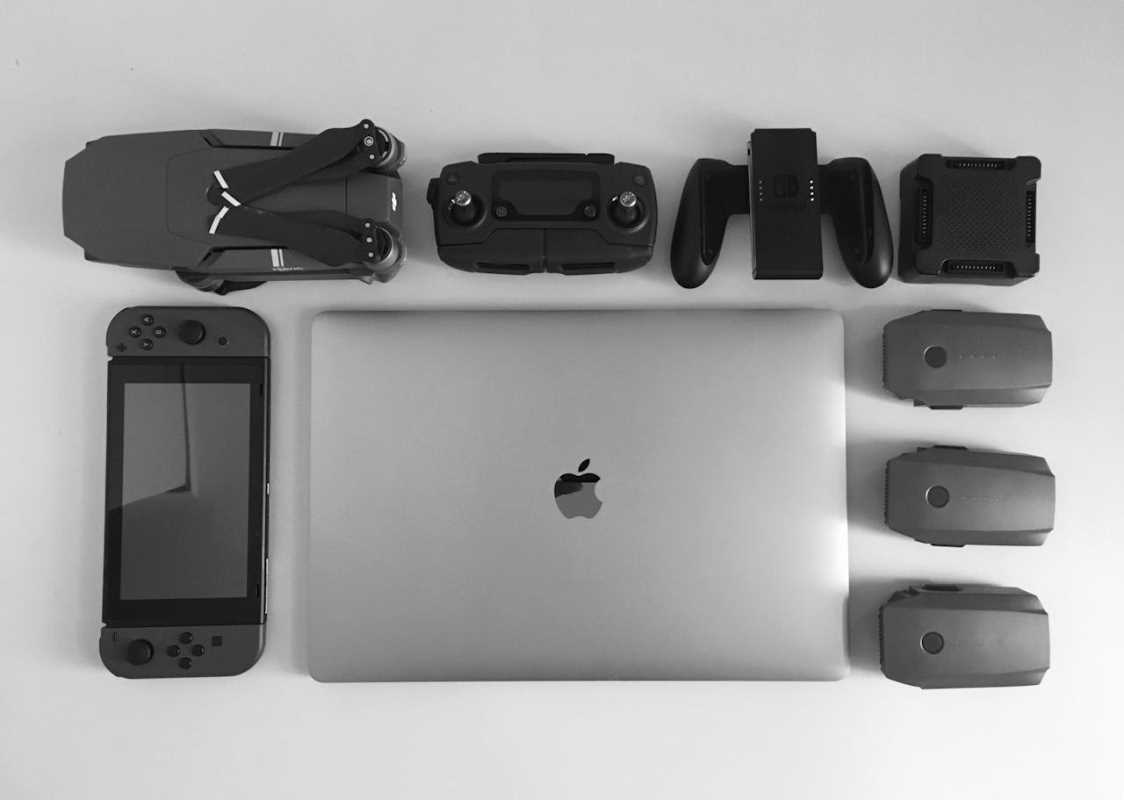For anyone entering the world of cryptocurrency, one essential concept to grasp is that of wallets. A cryptocurrency wallet is a digital tool that allows users to store, access, and manage their digital assets securely. However, unlike traditional wallets, crypto wallets don’t store the actual currency but instead safeguard private keys, which grant access to the cryptocurrencies you hold on the blockchain.
Navigating wallet security is critical. With decentralized finance offering no bank-like protections, the responsibility for safeguarding your investments falls entirely on you. This guide will break down the different types of wallets, their safety features, and useful tips to ensure your crypto remains secure.
Types of Cryptocurrency Wallets
Understanding the different wallet types is key to choosing the right one for your needs. Wallets can broadly be divided into two categories based on their connection to the internet: hot wallets (online) and cold wallets (offline).
Hot Wallets
Hot wallets are connected to the internet, making them convenient but more vulnerable to security threats. They are best used for small, frequent transactions where accessibility is a priority.
Examples of Hot Wallets:
- Software Wallets: These include desktop wallets (installed on computers) and mobile wallets (apps used on smartphones). Examples include Exodus, Trust Wallet, and MetaMask.
- Web Wallets: These run in your browser without requiring downloads. Platforms like Coinbase or Binance provide integrated web wallets.
Safety Features:
Hot wallets typically require passwords and often support two-factor authentication (2FA). Some also offer biometric logins (fingerprints or face recognition) for added convenience and security.
Cold Wallets
Cold wallets are not connected to the internet, significantly reducing the risk of hacking. They are more secure but less convenient, making them ideal for long-term storage of large amounts of cryptocurrency.
Examples of Cold Wallets:
- Hardware Wallets: Devices like Trezor and Ledger Nano S are physical gadgets designed to store private keys offline.
- Paper Wallets: These are physical copies of your keys, often printed as QR codes for easy scanning.
Safety Features:
Cold wallets are nearly immune to online threats because they lack internet connectivity. However, users must secure the physical device or document against loss, theft, and damage.
Hardware Wallets
While technically a type of cold wallet, hardware wallets deserve special mention due to their ease of use and robust security. These USB-like devices offer safe private key storage while allowing transactions when connected to a device.
Key Examples:
- Ledger Nano X
- Trezor Model T
Safety Features:
Hardware wallets often use PINs or passwords to protect access, and many require physical confirmation (like pressing a button) to authorize transactions.
Software Wallets
This type blends the functionality of hot wallets with varying degrees of security. Software wallets can operate offline for added precaution but are generally more vulnerable if connected to the internet.
Examples:
- Electrum (desktop-focused)
- Atomic Wallet (multiplatform)
Safety Features:
Software wallets rely heavily on encryption and user-set passwords, with some offering seed phrases for account recovery.
How to Secure Your Cryptocurrency Wallet
Wallet security starts with understanding how private keys work. A private key acts as your wallet's password, granting access to your funds. Losing this key usually means losing your cryptocurrencies, so proper handling is non-negotiable. Here are some tips to secure your wallet like a pro:
1. Safeguard Private Keys
Your private key is the most vital part of wallet security. Always store it in a secure, confidential location. Avoid storing keys in digital formats that lack encryption, such as plain text files or regular notes apps.
Use cold storage methods (e.g., hardware or paper wallets) for long-term safety.
Do not share your private key with anyone, regardless of the circumstances.
2. Enable Two-Factor Authentication (2FA)
Add an extra layer of protection by enabling 2FA on your wallet or exchange account. This ensures that even if someone has your password, they need a secondary code generated by your phone or email to access your account.
Popular 2FA apps include Google Authenticator and Authy.
3. Use Strong, Unique Passwords
Always use passwords that combine letters, numbers, and special characters. Avoid common phrases or anything personally identifiable, like your name or birth date.
4. Backup Your Recovery Phrase
Most wallets provide a 12-to-24-word recovery phrase during setup. This phrase is critical for recovering your wallet in case your device is lost or damaged.
Write it down on physical paper (don’t store it digitally).
Keep multiple copies in secure locations, like a safe or a bank deposit box.
5. Keep Software Updated
Security vulnerabilities are often addressed in wallet software updates. Keeping your wallet updated ensures you benefit from the latest protections against potential threats.
Enable automatic updates where possible.
Regularly check for updates if auto-update is unavailable.
6. Beware of Phishing Scams
Phishing is a common tactic used to steal wallet access. Here’s how to avoid falling victim:
Never click on suspicious links in emails or messages.
Double-check website URLs before entering your wallet credentials.
Use bookmarks for trusted wallet websites to avoid impostor sites.
7. Diversify Your Cryptocurrency Storage
The phrase “don’t put all your eggs in one basket” is especially relevant in cryptocurrency. Divide your holdings across multiple wallets to minimize the risk of losing everything in a security breach.
8. Maintain Physical Security
If you’re using hardware wallets or paper wallets, treat them like valuable physical assets. Store them in secure, fireproof, and waterproof containers.
Common Pitfalls to Avoid
Even seasoned crypto users sometimes fall for these common mistakes. Avoiding these pitfalls can save you time, money, and stress.
- 1. Neglecting Wallet Backups: Failing to create backups, especially for cold wallets, can make recovery impossible in the event of loss or damage.
- 2. Using Public Wi-Fi: Accessing a crypto wallet over public Wi-Fi is highly risky, as hackers can intercept your data. Always use a secure private connection or a VPN.
- 3. Skipping Research: Not all wallets are created equal. Using an unverified or unpopular wallet may expose your funds to unnecessary risk.
- 4. Overlooking Small Transactions: Even small sums add up. Tracking every transaction—even the seemingly insignificant ones—is vital for full control over your portfolio.
Why Wallet Security Matters
Cryptocurrency’s appeal lies in its decentralized nature, but this also makes securing your assets solely your responsibility. A compromised wallet can lead to irreversible losses, as there are no banks or authorities to recover stolen funds. By adopting the best practices outlined in this guide, you’ll minimize risks, protect your investments, and gain confidence as you maneuver the digital currency landscape.
Ultimately, the tools and precautions you use are only as effective as your willingness to stay vigilant. By safeguarding your private keys, staying alert to scams, and continually educating yourself, you'll build a strong foundation for safe cryptocurrency management.
 (Image via
(Image via





